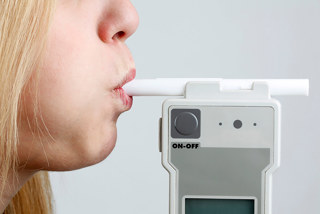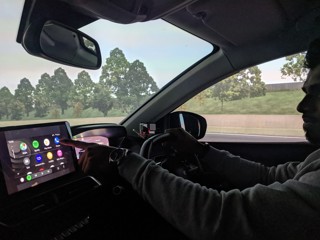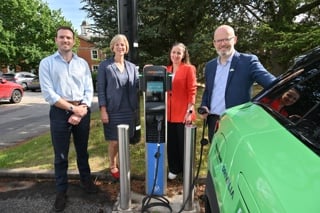The drink-drive limit in England and Wales is being questioned after new data showed more than 23 people a day were killed or injured as a result of drinking and driving.
The figures, published by the Department for Transport (DfT), show an estimated 8,680 people were killed or injured in 2018, when at least one driver was over the drink-drive limit, an increase of 1% from 8,600 in 2017.
It also revealed that 240 people died in crashes where at least one driver was over the drink-drive limit.
But, most worryingly, the total number of crashes where at least one driver was over the alcohol limit rose by 3% to 5,890 in 2018, an average of around 16 crashes a day.
Road safety charity, IAM RoadSmart, wants the Government to take action to drive down the number of drink-drive related deaths, including a further lowering of the drink-drive limit in England and Wales to match Scotland.
It is also calling for wider use of drink-drive rehabilitation courses, longer running high-profile education and enforcement campaigns and, following the example of Scotland, by seizing the vehicles of repeat offenders.
Neil Greig, director of policy and research at IAM RoadSmart, said: “We believe a much smarter package of measures is needed from the Government, including a lower drink-drive limit to reinforce good behaviour, fast-track of evidential roadside testing machines to release police resources and tailored approaches to help drivers with alcohol problems.”
Greig says that rehabilitation courses work and all those convicted of drink-driving should be sent on one automatically rather than having to opt in.
“More use of alcohol interlocks – which require the driver to blow into a mouthpiece on the device before starting or continuing to operate the vehicle – and extra penalties such as vehicle forfeiture, as used in Scotland, could all be part of a more joined-up approach to the problem,” he said.
Overall drink-driving accounted for 5% of collisions in Great Britain. The highest number of casualties, nearly 7%, due to drink-driving occurred in Wales, followed by England and Scotland at around 5% each.
Regionally, in England, casualty rates varied from nearly 8% in the East Midlands to nearly 4% in Greater London.
RAC head of policy, Nicholas Lyes, said the figures were “disappointing”, illustrating the need for much more to be done to curb the “plague of drink-driving”.
He explained: “The Government has indicated it is looking at the possibility of introducing alcolock technology to prevent reoffenders from getting behind the wheel, so we’d like to know what progress is being made here.
“This, together with more police on our roads conducting breathalyser tests, could go a long way to cutting drink-drive deaths in the future.”
In 2018, 80% of drink-drive related casualties involved male drivers or riders. Almost two thirds of drink-drive casualties (63%) are aged 25 to 59 but around a quarter (24%) involve people aged 16-24.
In both age categories, the casualty rate is higher in drink-drive related collisions than other collisions types.
Greig concluded: “Hard-core drink drivers are simply not getting the message, and these figures will not improve until policy changes.”
The full report from DfT can be found here.























Ean D Lewin - 28/08/2020 12:59
Dropping the drink drive level in Scotland made no difference. What is needed is more police using more breathalysers! There is a proven link between the number done and the reduction in drink drive collisions and injury! Please note many forces are catching 2 to 3 times the number of DRUG drivers... this has become an even more serious problem.